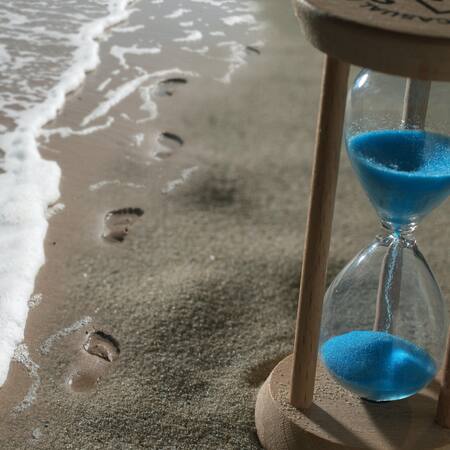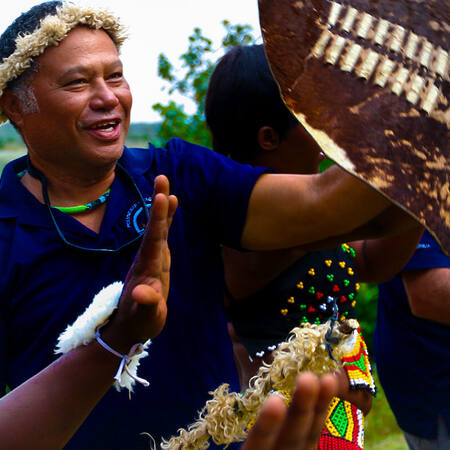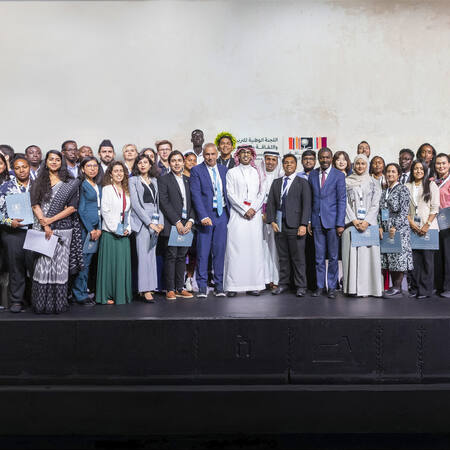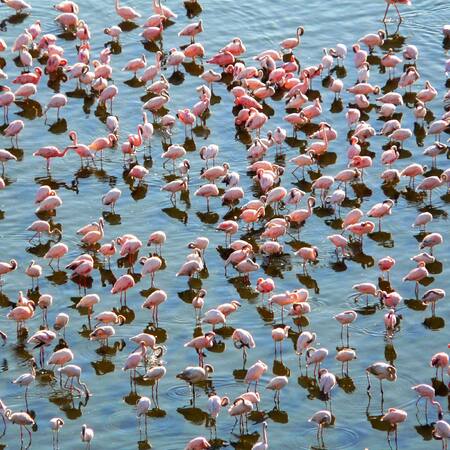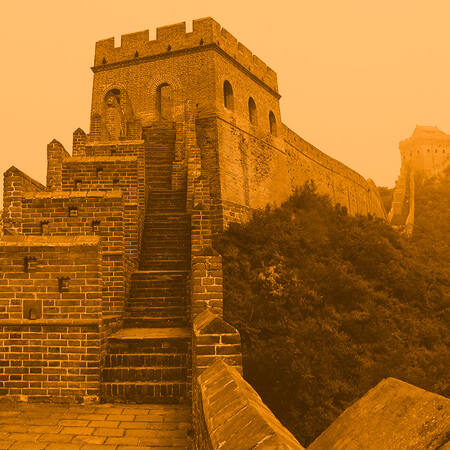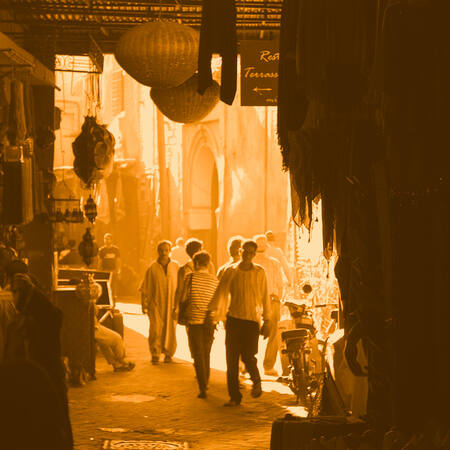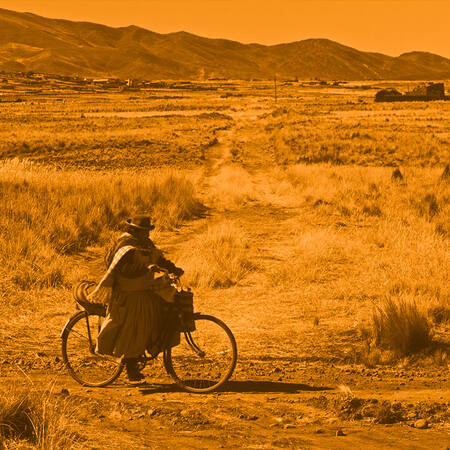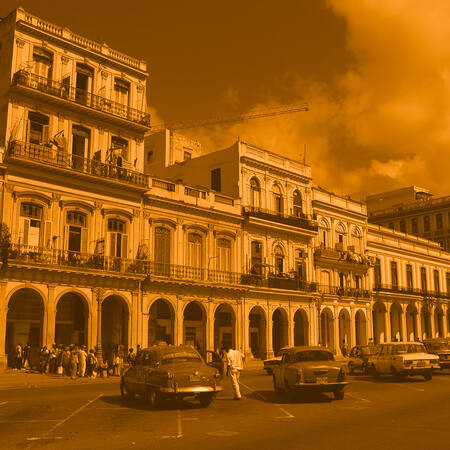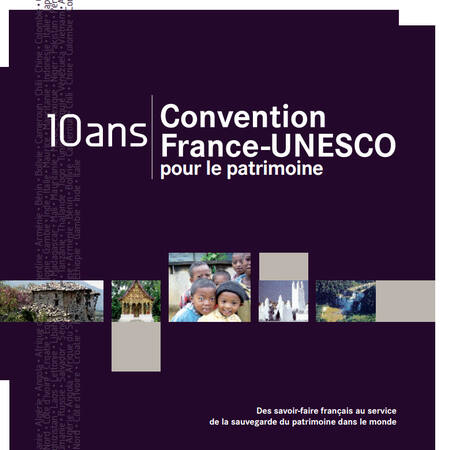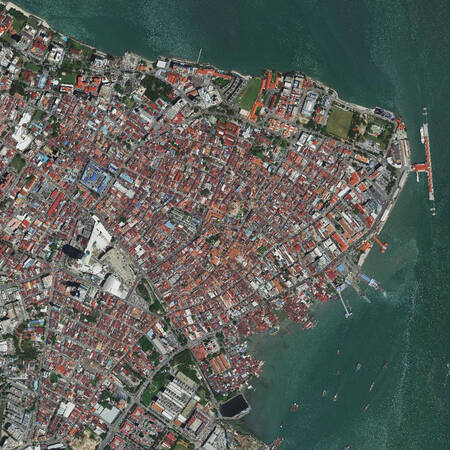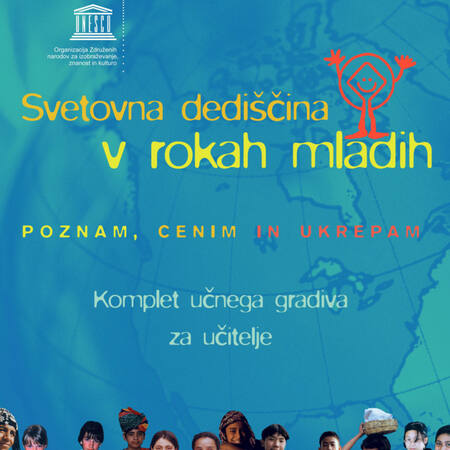Climate Change and World Heritage
World Heritage properties are affected by the impacts of climate change at present and in the future. Their continued preservation requires understanding these impacts to their Outstanding Universal Value and ...
Featured
Natural World Heritage sites are the planet’s most precious gifts to humanity. But our work across these 257 sites is not simply about protecting and preserving some of the world’s most beautiful locations, ...
Corporate sector and the World Heritage ‘no-go’ commitment
Across the extractives, finance, insurance and hydropower sectors, among others, major public and private companies and industry associations have committed to protect UNESCO World Heritage sites. They have often ...
Featured
The World Heritage Young Professionals Fora are among the flagship activities of the World Heritage Education Programme, designed to foster learning and exchange by bringing together young people and heritage ...
Sustainable planning and management of tourism is one of the most pressing challenges concerning the future of the World Heritage Convention today and is the focus of the UNESCO World Heritage and Sustainable ...
Guide 4: Engaging local communities and businesses
This guide 4 will tell you how to reach out and engage with local businesses and the community in a dialogue explaining the mutual benefit that comes with making tourism more sustainable.
Guide 3: Developing effective governance
This guide 3 will tell you why good destination management and governance matters, and how you can start to develop it in your World Heritage destination.
Guide 2: Developing a strategy for progressive change
This guide 2 will tell you how to develop a strategy for your destination that complements both the sensitive nature of a heritage site, as well as the task of sustainable and profitable tourism.
Guide 1: Understanding tourism at your destination
This guide will help you understand why tourism matters, some key questions you may need to ask and answer, and some ways to fill evidence gaps, such as utilising other partner's resources. Continue reading below to ...
Guide 10: Monitoring success with sustainable tourism
This guide 10 will tell you why benchmarking matters and suggest some ideas on how you can develop site and destination specific benchmarks.
Guide 9: Securing funding and investment
This guide 9 will tell you some ways that you can secure investment in order to help make the aspirations developed from these guides for your site and the destination as a whole a reality.
Guide 8: Adding value through products, experiences, and services
This guide 8 will tell you how to think about developing products, services, and experiences as a key way to sustain the OUV of the site, enthuse tourists, and benefit local communities.
Guide 7: Adding value through products, experiences, and services
This guide 7 will tell you how to think about developing products, services, and experiences as a key way to sustain the OUV of the site, enthuse tourists, and benefit local communities.
Guide 6: Managing the development of tourism infrastructure
This guide 6 will tell you why infrastructure is vital to sustainable tourism and how to begin the process of developing appropriate infrastructure.
Guide 5: Communicating with visitors
This guide 5 will tell you why communicating with visitors matters, and how you can do it effectively, in a culturally appropriate manner.
Booklet, 10th Anniversary of the France-UNESCO Cooperation Agreement
In 2009, on the occasion of the 10th Anniversary of the France-UNESCO Cooperation Agreement, a booklet describing the heritage safeguarding and valorisation activities implemented in the first 10 years (1999-2009), ...
From port city to World Heritage site: case study of George Town (Malaysia)
The multi-cultural historic city of George Town developed a strategy to build on its rich and diverse cultural heritage as a resource for local development and livelihoods after its free trade port status was ...
The Tubbataha Reef Marine Park covers 96.828 ha, including the North and South Atolls. It is a unique example of an atoll reef with a very high density of marine species; the North Islet serving as a nesting site ...
The KIT: World Heritage in Young Hands
The KIT: World Heritage in Young Hands Developed in 1998, the World Heritage in Young Hands Educational Resource Kit for secondary school teachers is one of the main tools of the World Heritage Education Programme. ...
Working Group on the Representativity of the World Heritage List
The Working Group on the Representativity of the World Heritage List was decided by the 23rd Session of the World Heritage Committee as a follow up to the 12th General Assembly of States Parties of the World ...
